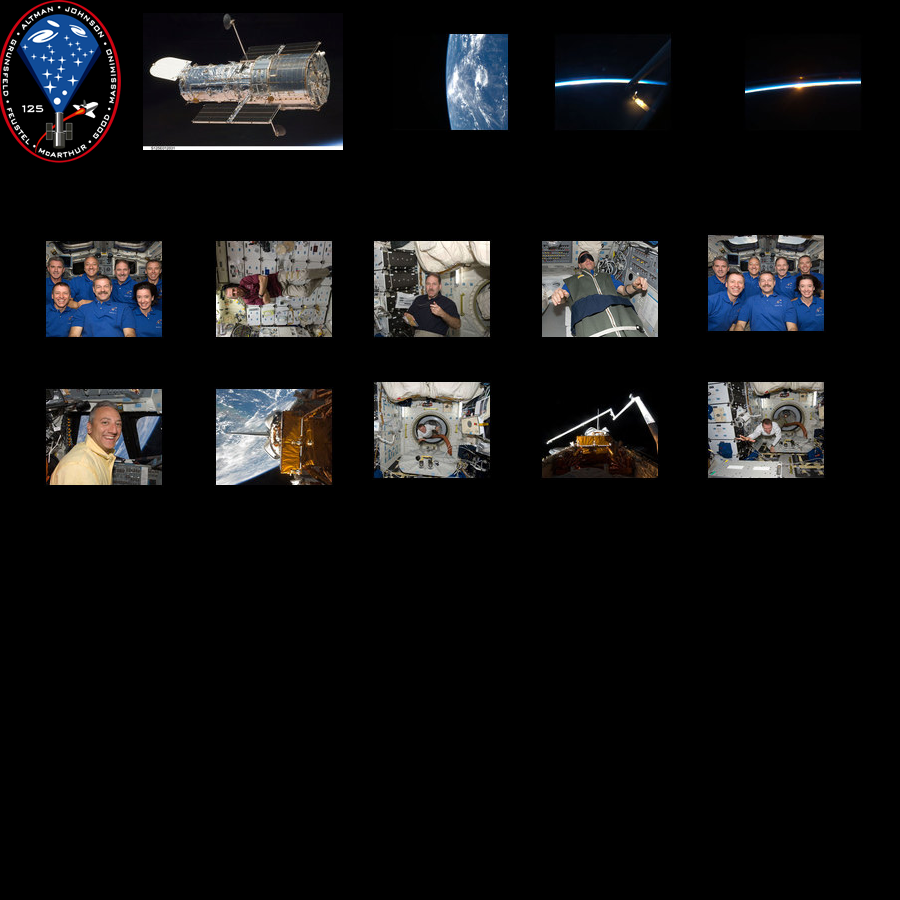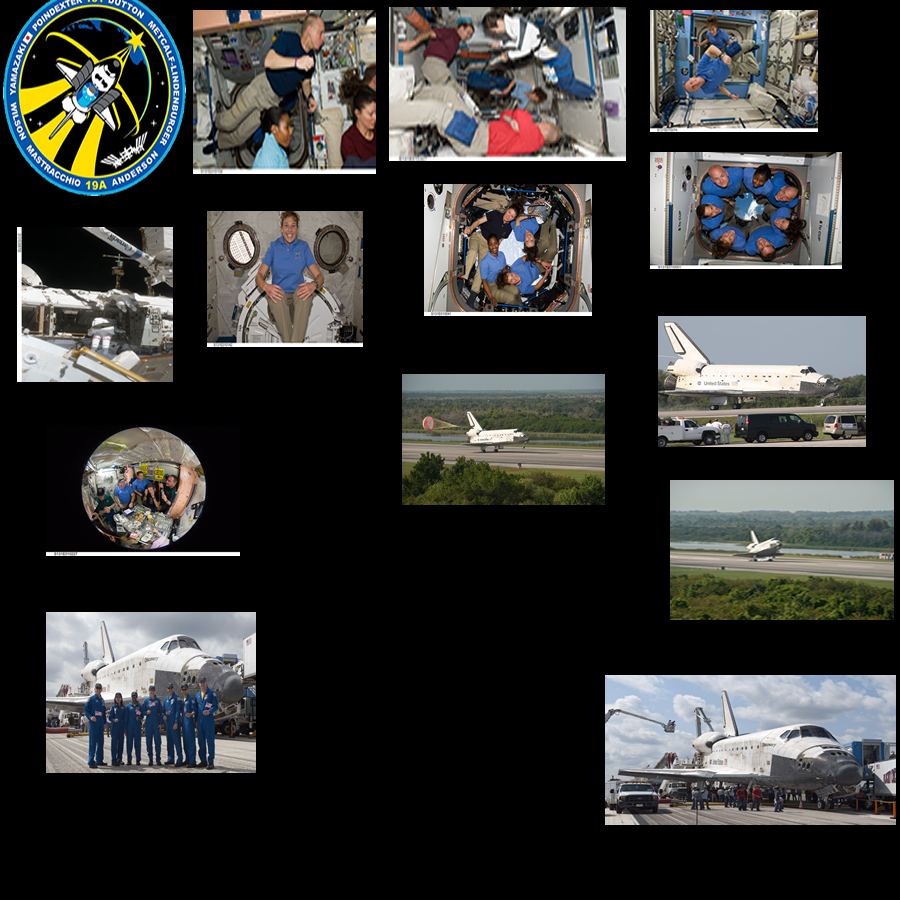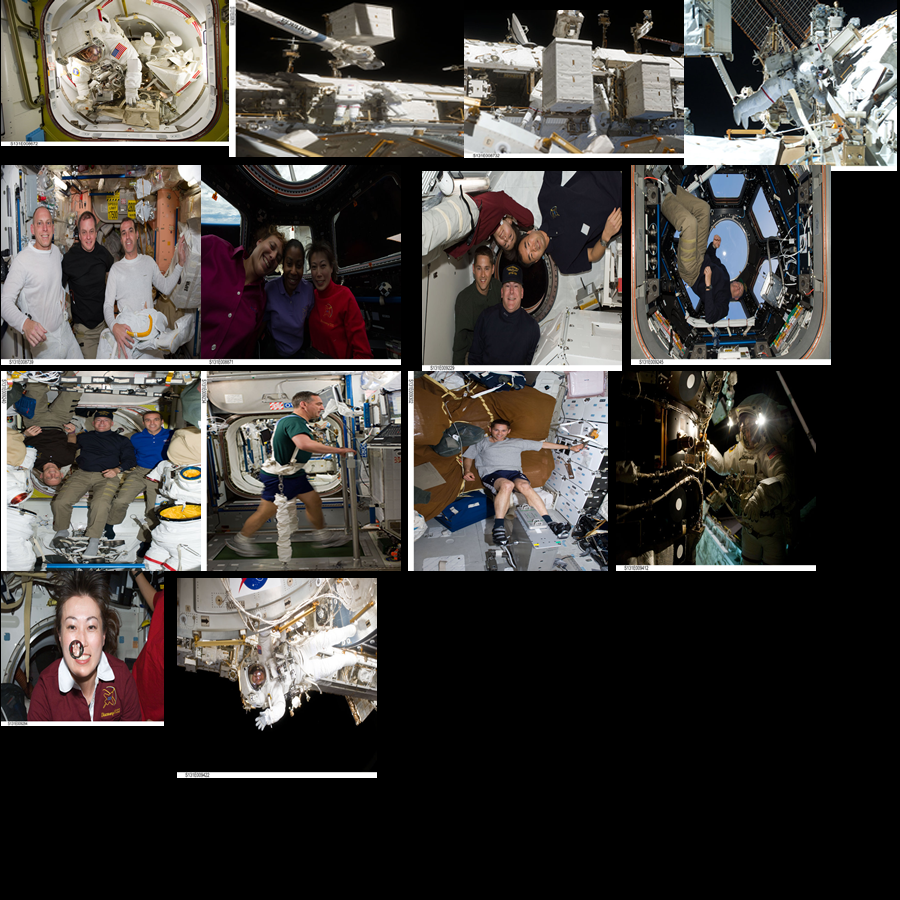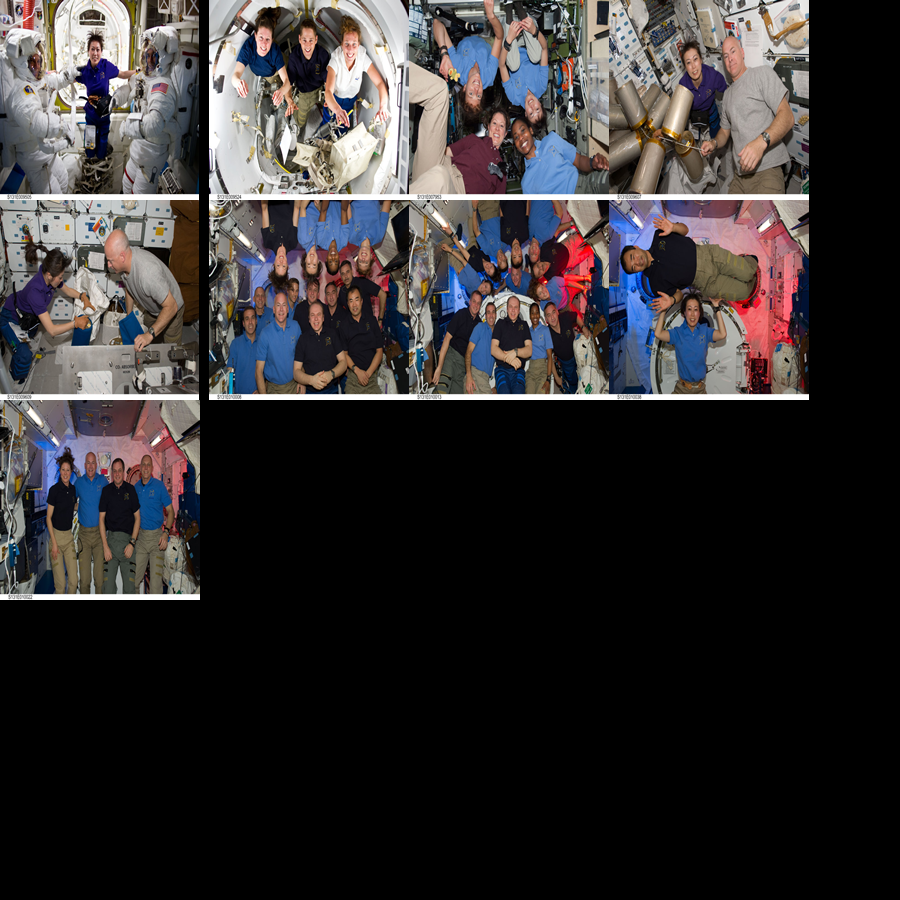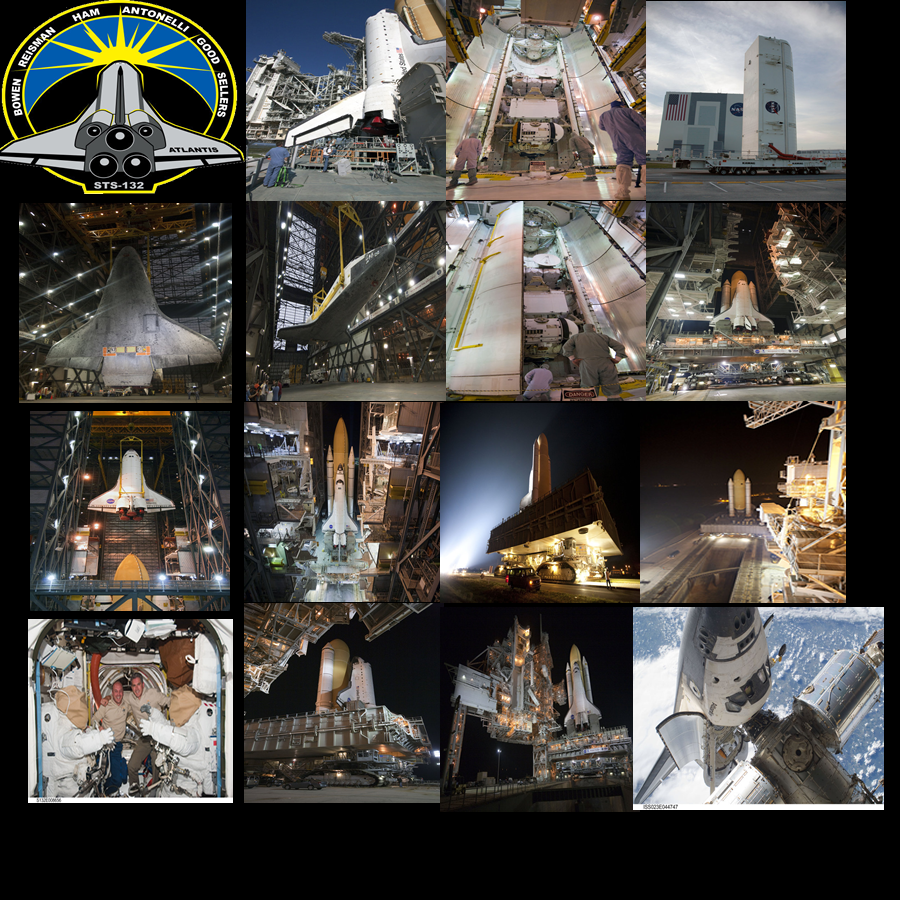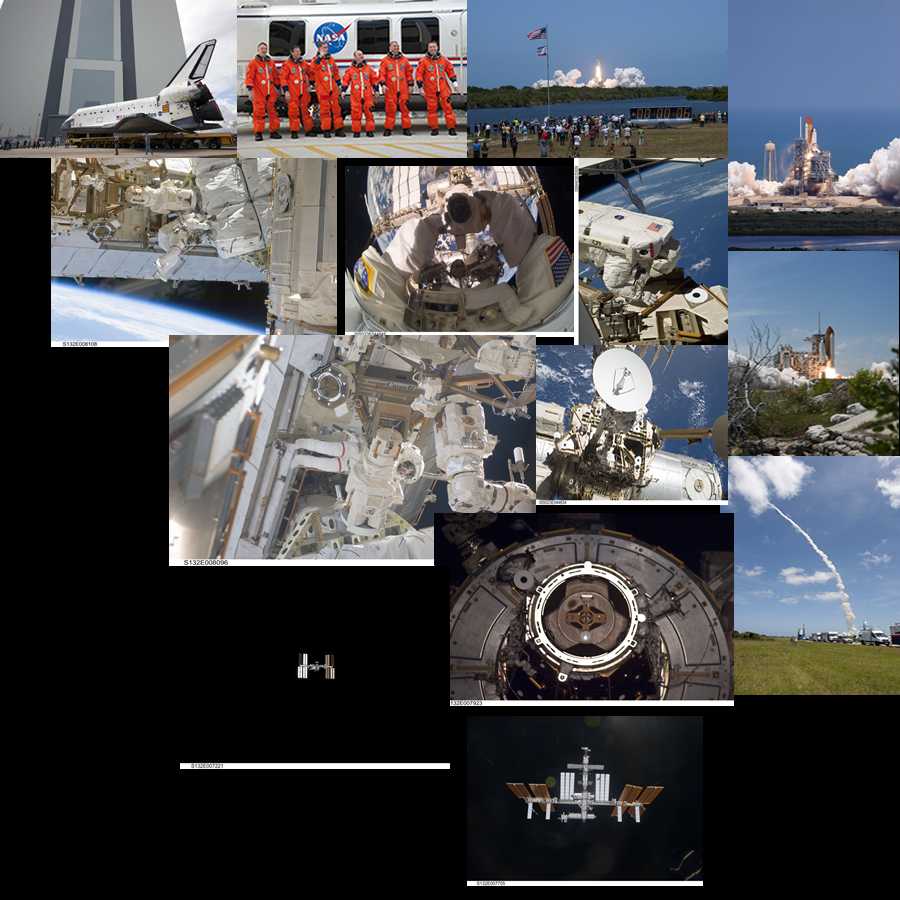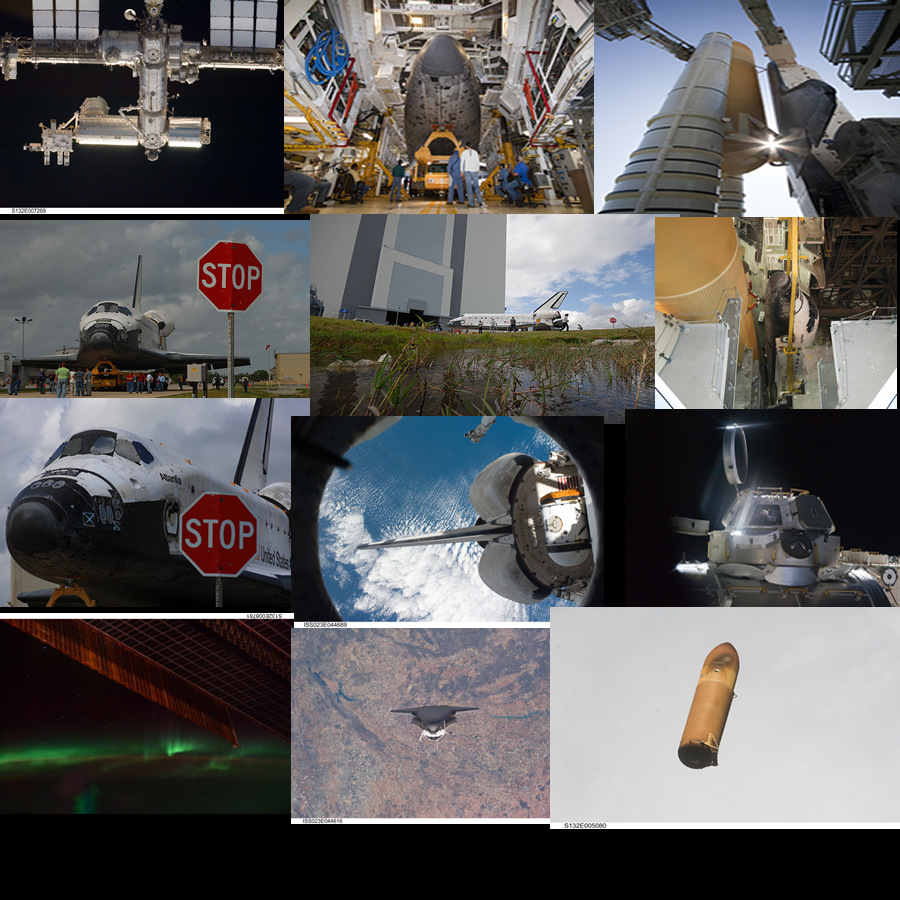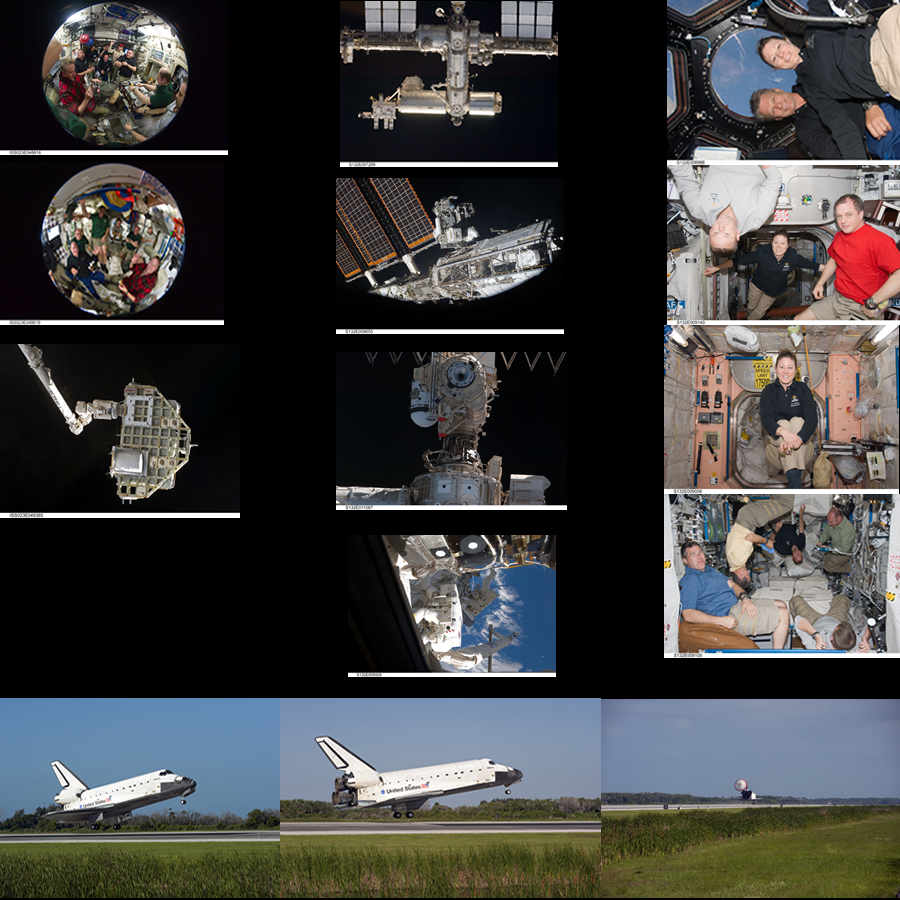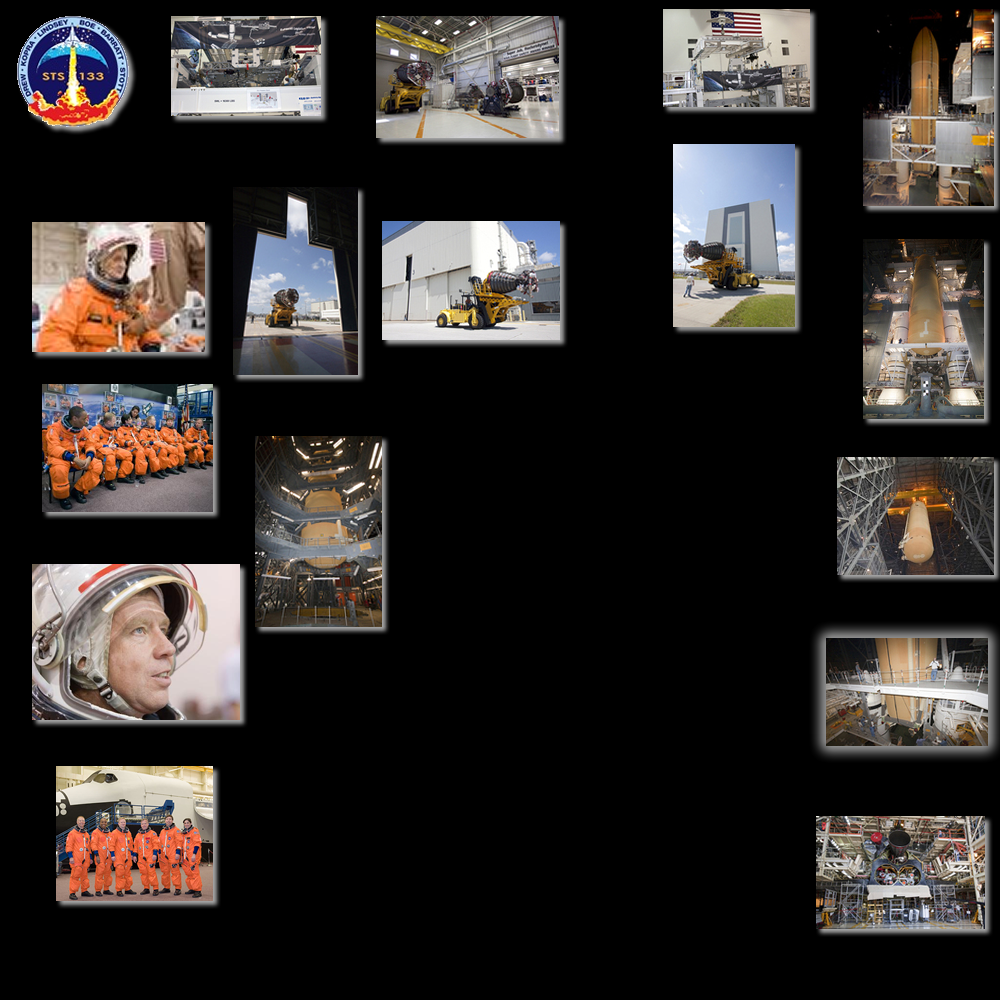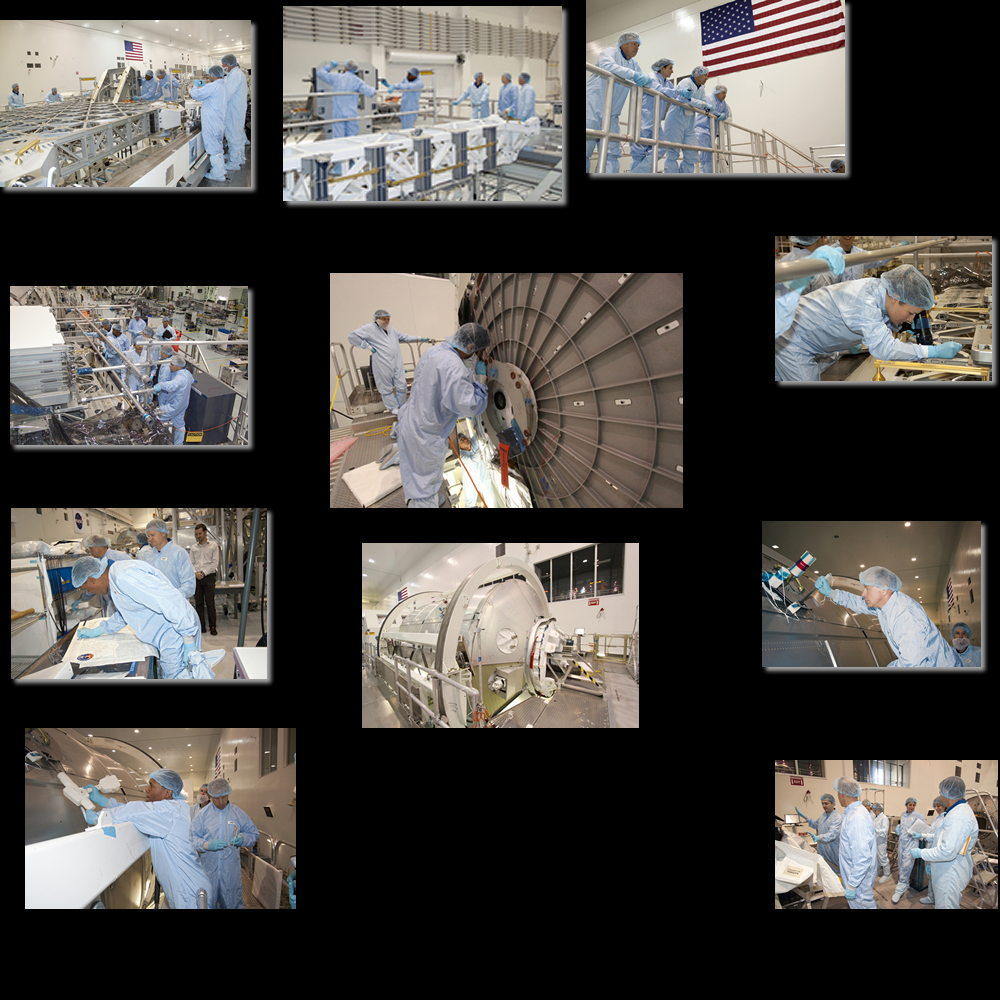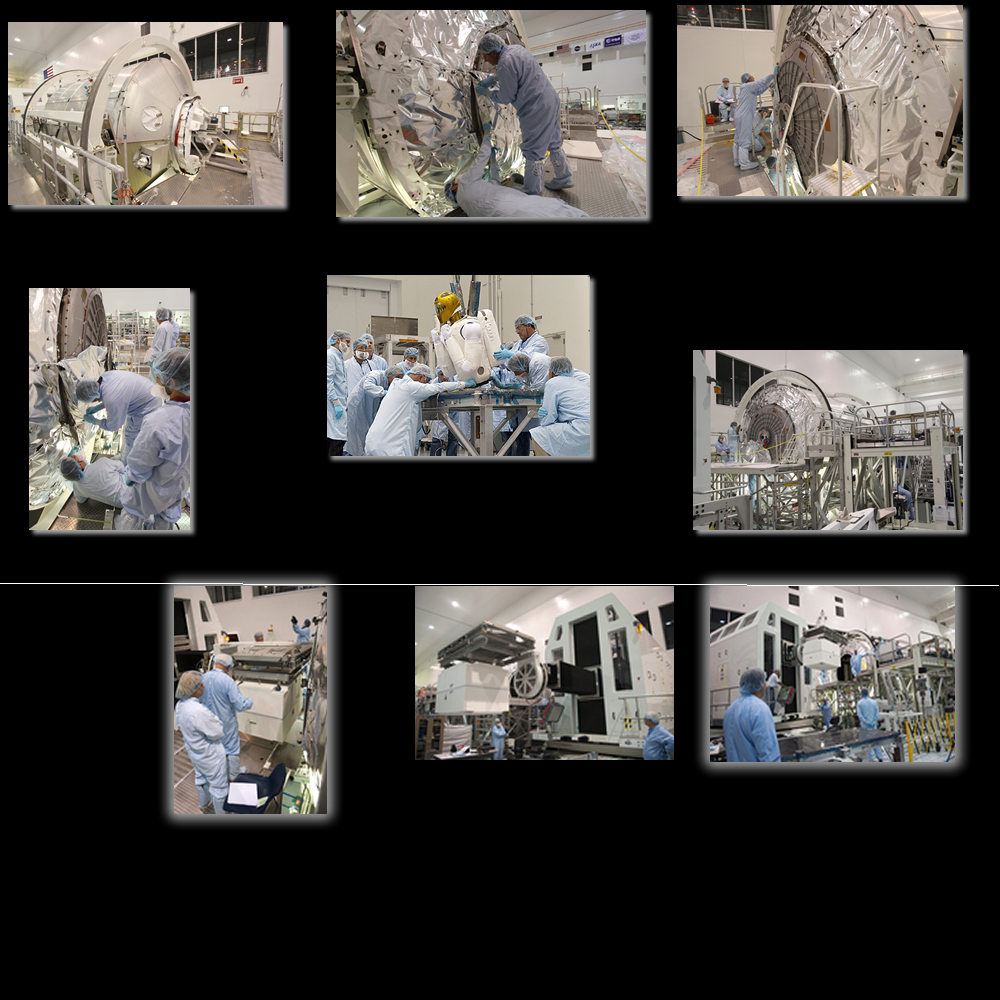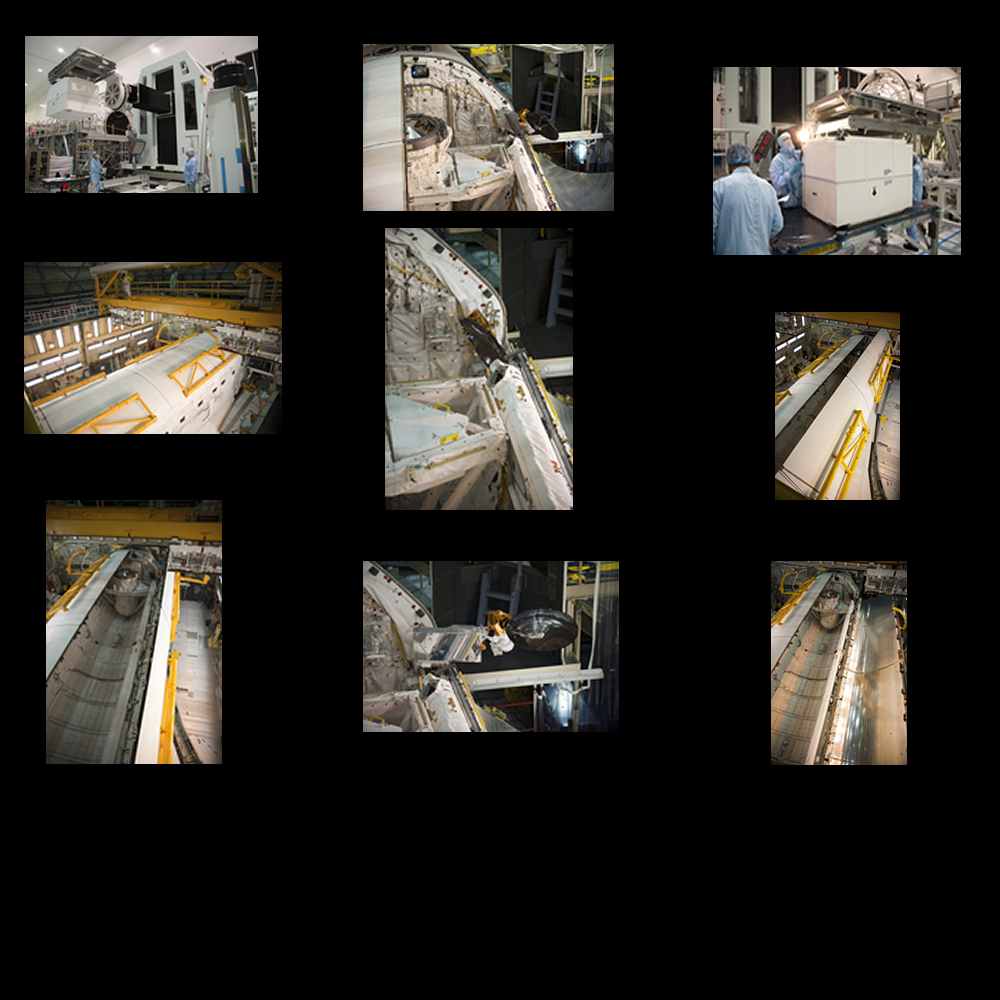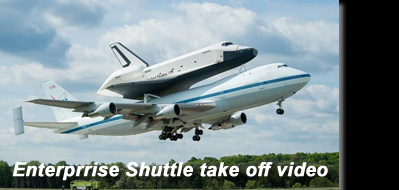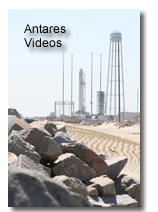
 |
||||||||||||||||||||||||||||||||||||||||||||||
|---|---|---|---|---|---|---|---|---|---|---|---|---|---|---|---|---|---|---|---|---|---|---|---|---|---|---|---|---|---|---|---|---|---|---|---|---|---|---|---|---|---|---|---|---|---|---|
|
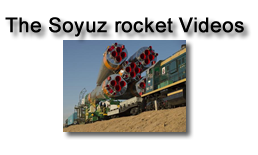 |
|||||||||||||||||||||||||||||||||||||||||||||
|
With commands sent from the firing room in the nearby Launch Control Center, the port door swung shut first, followed by the starboard door. Then the orbiter was powered down forever. The decommissioned ship is getting ready to sail from her Florida spaceport one last time in April. But instead of thundering into orbit she will be departing piggyback atop a 747 carrier jet headed for public display at the Smithsonian. Technicians at the Kennedy Space Center shut the 60-foot-long, clam-shell doors inside Orbiter Processing Facility bay 1 as the "transition and retirement" process winds down on the most-flown shuttle. Discovery's rich history of service featured 39 spaceflights, spanning 148,221,675 miles and 5,830 orbits of Earth. Discovery carried out both shuttle return-to-flight missions in 1988 and 2005 to help America's space program rebound after tragedies, performed daring satellite repair missions in the early 1980's, deployed the Hubble Space Telescope and the Ulysses solar probe during launches in 1990, did the first rendezvous with the Russian space station Mir in 1995 and final joint shuttle docking in 1998, and played an integral role in building the International Space Station. Construction of Discovery began in August 1979 and the spacecraft was rolled out of the Palmdale factory in October 1983. It became NASA's third operational space shuttle with its maiden voyage in August 1984. As the payload bay goes dark a final time, we remember the remarkable spacewalks that took place in that cargo hold to retrieve a pair of broken spacecraft by Joe Allen and Dale Gardner in November 1984 and successful work to fix a wayward Navy communications satellite by Ox Van Hoften and Bill Fisher in August 1985, Hubble being hoisted out by the robotic arm in April 1990 to open a new window on the Universe or two subsequent return visits to service the observatory by spacewalkers in 1997 and 1999, Mark Lee and Carl Meade floating untethered above the bay in September 1994 to test new emergency jet-powered backpacks, and massive sections of the International Space Station like the Harmony node and Japanese laboratory riding up to the outpost aboard Discovery. It's a bygone era not to be seen again in the foreseeable future The shuttle Videos:
The shuttle videos was awesome the music was awesome. I like the shuttle videos because one thing I like to fly to stars! Over all I love the video. The Weather report only KSC: Nasa buddy update me the KSC weather report and the air foce report when it is ready. I love the weather report. Nasa is working on new Space ship. But take a lot time. Now The shuttles is ended i am be a off for a while.
|
|
 |
|---|
riments in the fields of Earth, astronomy, biological and materials sciences. Shuttle flights made it possible to complete construction of the International Space Station..
The space station will continue to serve as an international research platform to advance exploration and science; sustain human presence in space; prepare for future space exploration missions to the moon and beyond; and preserve America's leadership role in space among the nations of the world
NASA's Marshall Space Flight Center was responsible for the manufacture, assembly and operation of the primary propulsion elements on one of the most complex machines ever built, the space shuttle. These propulsion elements -- the main engines, the external tank and the twin solid rocket boosters that hold the reusable solid rocket motors -- launched and accelerated the orbiter to a velocity of 17,500 mph -- 25 times faster than the speed of sound. For each shuttle mission, Marshall provided and managed these propulsion systems for the space shuttle's 8.5 minute flight into orbit

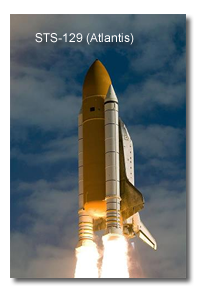 |
||
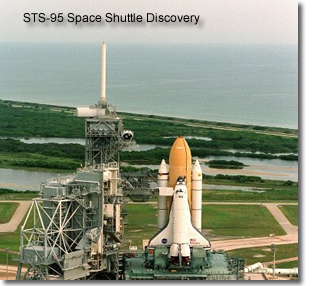 |
||
